Home>Storage & Organization>Closet & Wardrobe Organization>How To Organize Fabric At Home
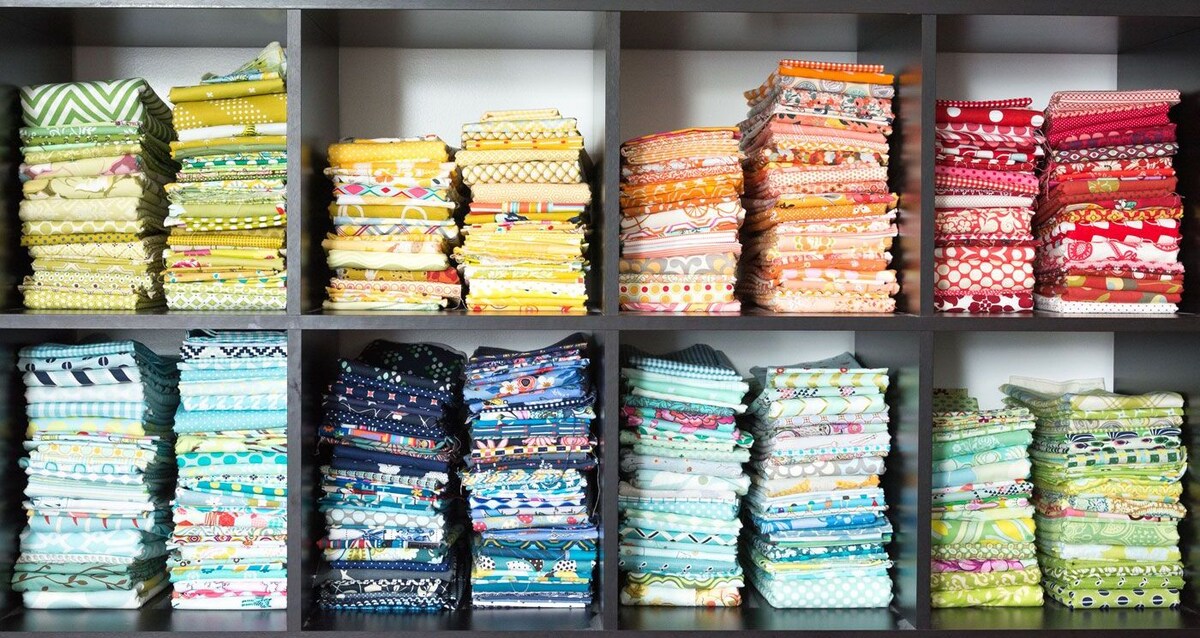

Closet & Wardrobe Organization
How To Organize Fabric At Home
Modified: March 23, 2024
Learn how to efficiently organize your fabric at home with our expert tips for closet and wardrobe organization. Keep your fabric stash neat and accessible!
(Many of the links in this article redirect to a specific reviewed product. Your purchase of these products through affiliate links helps to generate commission for Storables.com, at no extra cost. Learn more)
Tips for Sorting Fabric by Color
Sorting fabric by color is a great way to not only keep your fabric organized but also to make it easier to find the perfect piece for your next project. Here are some tips for sorting fabric by color:
-
Start with a Clean Slate: Before you begin sorting, make sure to wash and dry all your fabric. This will ensure that the colors are true and that there are no surprises when you go to use them.
-
Choose Your Sorting Method: There are a few different ways to sort fabric by color. You can choose to sort by the rainbow (ROYGBIV), by warm and cool colors, or by creating your own custom categories.
-
Use Clear Bins or Shelves: Once you have chosen your sorting method, use clear bins or open shelves to store your fabric. This will make it easy to see all the colors at a glance and will help you keep everything organized.
-
Label Your Bins or Shelves: To make it even easier to find the fabric you need, consider labeling your bins or shelves with the color categories. This will save you time and frustration when you are in the middle of a project.
-
Regularly Maintain Your System: Once you have sorted your fabric by color, make sure to regularly maintain your system. As you use fabric, put it back in the correct place. This will help you keep everything organized and make it easier to find what you need in the future.
By following these tips, you can create a system for sorting fabric by color that works for you and makes it easy to find the perfect piece for your next sewing or crafting project.
Key Takeaways:
- Sort fabric by color to find what you need easily. Wash and dry fabric first, then choose a sorting method, use clear bins, label them, and maintain the system for a stress-free sewing or crafting experience.
- Use storage bins, labels, and stacking to keep fabric neat and accessible. Protect fabric from light and dust, and make the most of vertical space with adjustable shelves for an organized and inspiring sewing space.
Read more: What Is Home Decor Fabric
Using Storage Bins to Keep Fabric Neat
Storage bins are an essential tool for keeping your fabric neat and organized. Here's how you can use storage bins effectively:
-
Choose the Right Size: When selecting storage bins for your fabric, consider the size of your fabric pieces. Opt for bins that can accommodate your largest pieces without folding or cramming them in.
-
Clear Bins for Visibility: Clear storage bins are ideal for fabric organization as they allow you to see the contents without having to open each bin. This makes it easier to locate specific fabrics without rummaging through multiple bins.
-
Labeling: Use labels to identify the contents of each storage bin. This can be as simple as writing the fabric type or color on a piece of masking tape and affixing it to the bin. Clear labeling ensures that you can quickly find the fabric you need.
-
Stacking and Nesting: Stack the storage bins to maximize vertical space in your storage area. If space is limited, consider bins that can nest inside each other when not in use, making them easy to store.
-
Protect from Light and Dust: Choose storage bins with lids to protect your fabric from light exposure and dust. This is especially important for delicate or light-sensitive fabrics.
By utilizing storage bins in your fabric organization system, you can keep your fabric neat, tidy, and easily accessible for your next creative project.
Creating a Fabric Inventory System
Creating a fabric inventory system can be a game-changer for anyone who loves to sew or craft. Here's how you can set up an effective fabric inventory system:
-
Catalog Your Fabric: Start by cataloging all your fabric. This can be done using a simple spreadsheet or even a dedicated inventory management app. Include details such as fabric type, color, pattern, quantity, and any other relevant information.
-
Assign Unique Identifiers: Assign a unique identifier to each fabric piece, such as a barcode, QR code, or a simple numbering system. This will make it easier to track and locate specific fabrics when needed.
-
Store Information Digitally: Consider storing fabric information digitally. This can include taking photos of each fabric piece and linking them to your inventory catalog. This visual reference can be incredibly helpful when planning projects.
-
Update Regularly: Make it a habit to update your fabric inventory regularly. When you use or add new fabric to your collection, be sure to update your inventory system accordingly. This will help you maintain an accurate and up-to-date record of your fabric stash.
-
Utilize Inventory Management Tools: There are various inventory management tools and apps available that can streamline the process of cataloging and tracking your fabric inventory. Explore these options to find a solution that best fits your needs.
By creating a fabric inventory system, you can gain better control over your fabric collection, avoid purchasing duplicates, and make more informed decisions when starting new projects.
Use clear plastic bins or cardboard boxes to store fabric, and label them by color, type, or project. Keep fabric folded neatly to save space and make it easier to find what you need.
Utilizing Shelving Units for Fabric Organization
Shelving units are a fantastic way to keep your fabric neatly organized and easily accessible. Here's how you can make the most of shelving units for fabric organization:
-
Adjustable Shelves: Look for shelving units with adjustable shelves, as this allows you to customize the spacing between shelves to accommodate different fabric sizes and types. This flexibility ensures that you can maximize the use of vertical space while keeping your fabric neatly organized.
-
Vertical Storage: Utilize the vertical space by installing tall shelving units. This is particularly beneficial if you have a large fabric collection. Vertical storage not only saves floor space but also provides a clear view of your fabric inventory.
-
Categorize by Type or Project: Consider categorizing your fabric on different shelves based on type (e.g., cotton, linen, fleece) or projects (e.g., quilting, clothing, home decor). This makes it easier to locate specific fabrics based on your project requirements.
-
Utilize Baskets or Bins: To prevent smaller fabric pieces from getting lost or tangled, use baskets or bins on the shelves. These can hold fabric scraps, fat quarters, or smaller cuts, keeping them organized and easily accessible.
-
Display and Inspiration: Use open shelving units to display your fabric collection. Not only does this add a decorative element to your space, but it also serves as a source of inspiration for your next project. Seeing your fabrics on display can spark creativity and help you visualize potential combinations.
-
Consider Accessibility: Place frequently used fabrics at eye level or within easy reach. This ensures that the fabrics you use most often are readily accessible, saving you time and effort when working on your projects.
By utilizing shelving units for fabric organization, you can create a visually appealing and efficient storage solution for your fabric collection. Whether you're a sewing enthusiast or a crafting aficionado, well-organized fabric storage can streamline your creative process and make your projects more enjoyable.
Folding and Stacking Fabric for Easy Access
Folding and stacking fabric is a crucial aspect of fabric organization, as it not only saves space but also ensures easy access to your fabric collection. Here's how you can effectively fold and stack your fabric for convenient access:
-
Consistent Folding Method: Establish a consistent folding method for your fabric pieces. One popular technique is to fold fabric into uniform rectangles or squares, ensuring that they stack neatly and uniformly.
-
Size Consideration: When folding fabric, consider the size of the pieces and the storage space available. Larger pieces may be folded into larger rectangles, while smaller scraps can be folded into smaller squares to maximize space.
-
Stacking by Type or Color: Once folded, stack your fabric by type or color. This makes it easier to locate specific fabrics based on your project requirements. For example, you can have separate stacks for cotton, denim, or different color families.
-
Vertical Stacking: Utilize vertical space by stacking fabric on shelves or in storage units. This not only saves space but also allows you to see all your fabric at a glance, making it easier to select the perfect piece for your project.
-
Utilize Dividers or Boards: To maintain the neatness of your fabric stacks, consider using dividers or boards between the layers. This prevents the stacks from toppling over and keeps the fabric tidy and organized.
-
Accessible Arrangement: Arrange your fabric stacks in a way that makes the most frequently used fabrics easily accessible. This can save time and effort when working on projects, as you won't have to dig through stacks to find the fabric you need.
By implementing these folding and stacking techniques, you can ensure that your fabric collection remains well-organized and easily accessible. Whether you're a sewing enthusiast, quilter, or crafter, an organized fabric storage system can enhance your creative process and make your projects more enjoyable.
Frequently Asked Questions about How To Organize Fabric At Home
Was this page helpful?
At Storables.com, we guarantee accurate and reliable information. Our content, validated by Expert Board Contributors, is crafted following stringent Editorial Policies. We're committed to providing you with well-researched, expert-backed insights for all your informational needs.
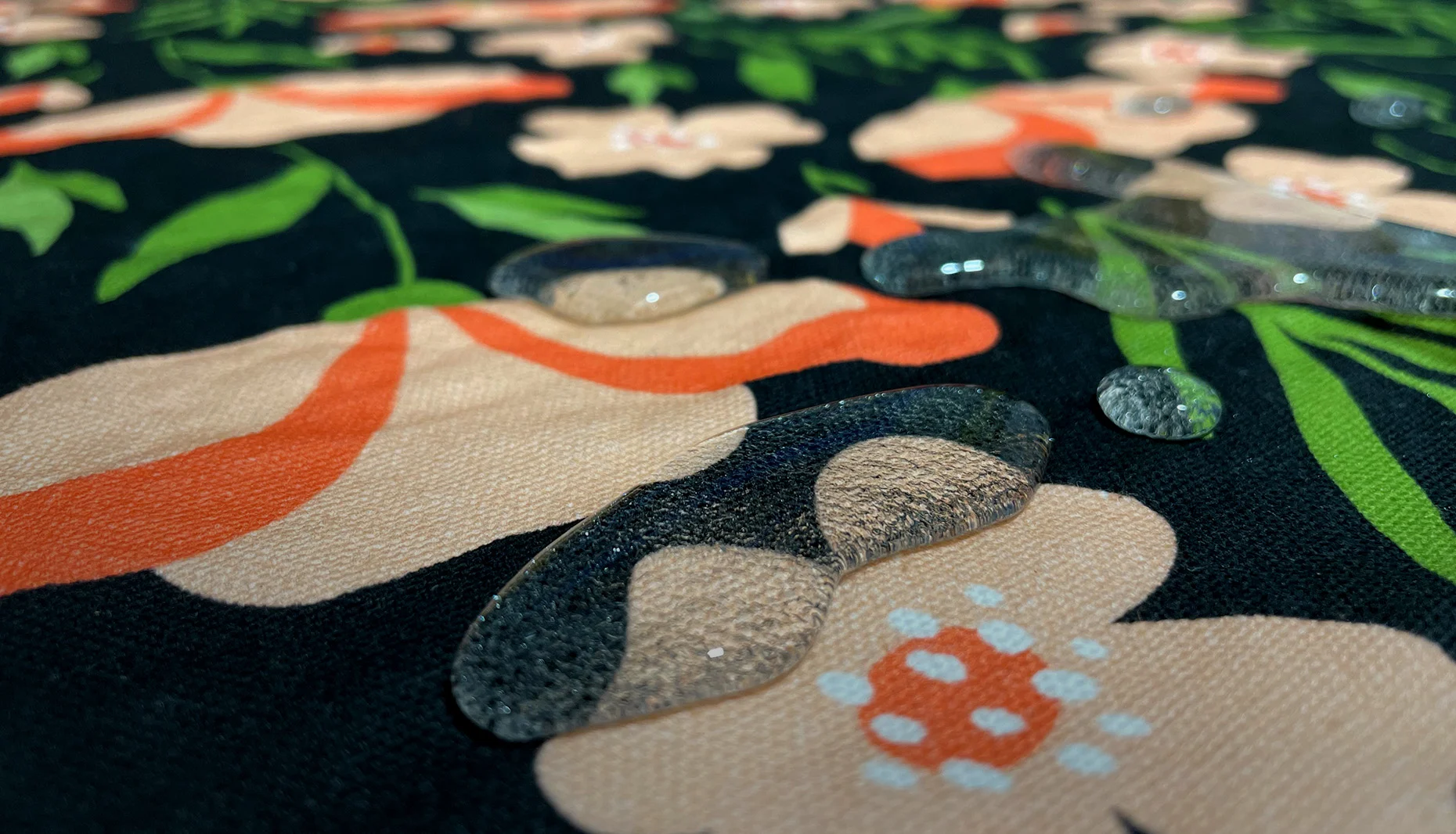
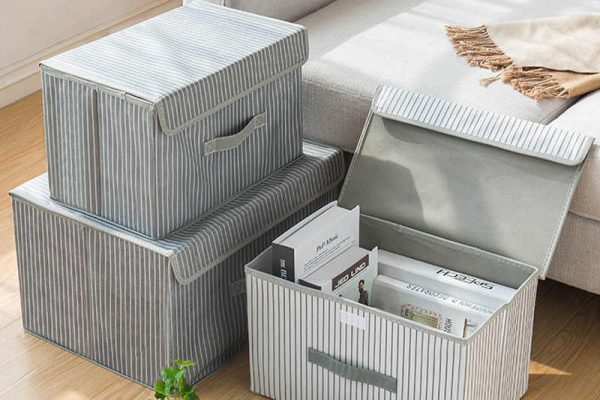
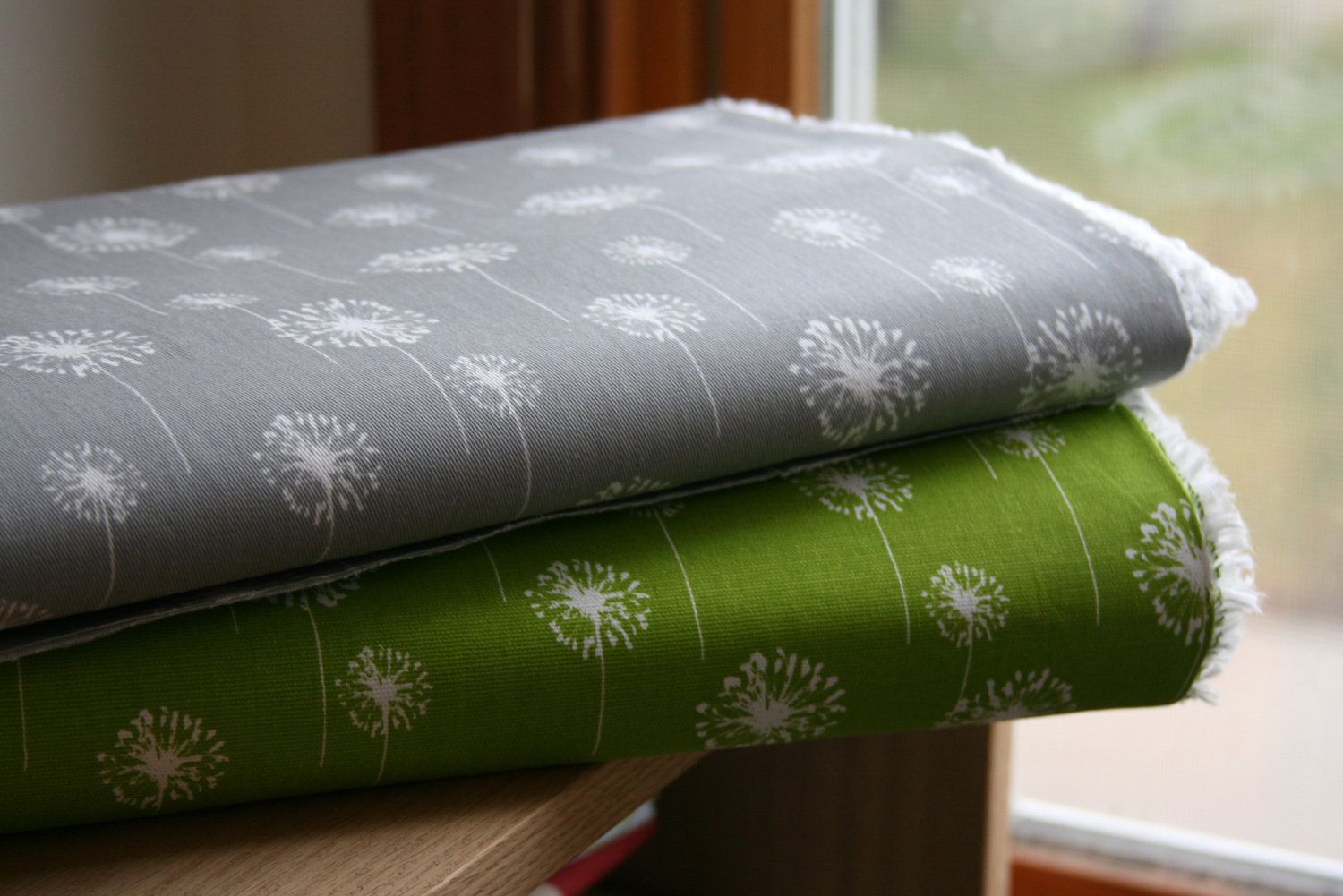

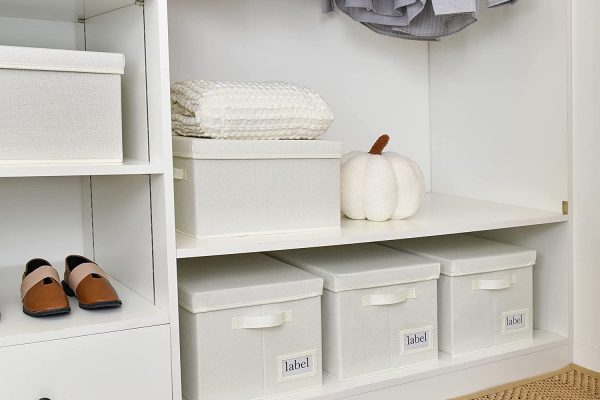
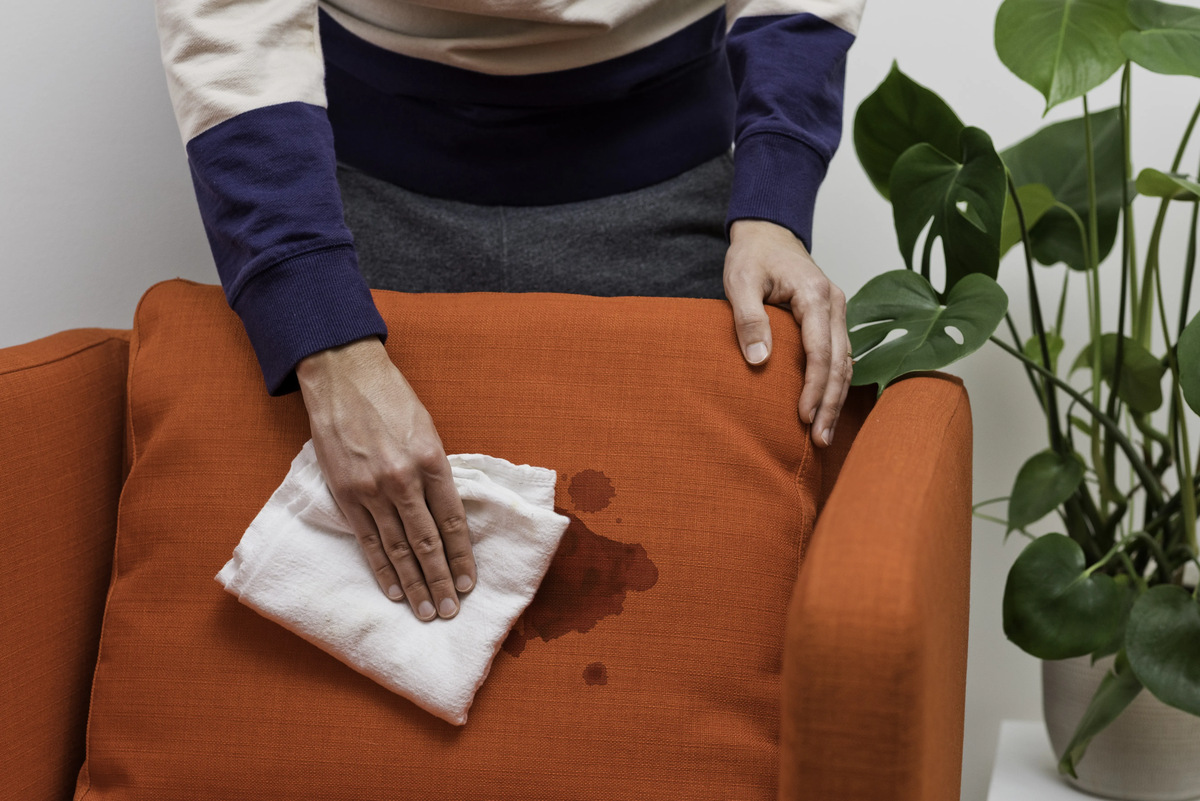
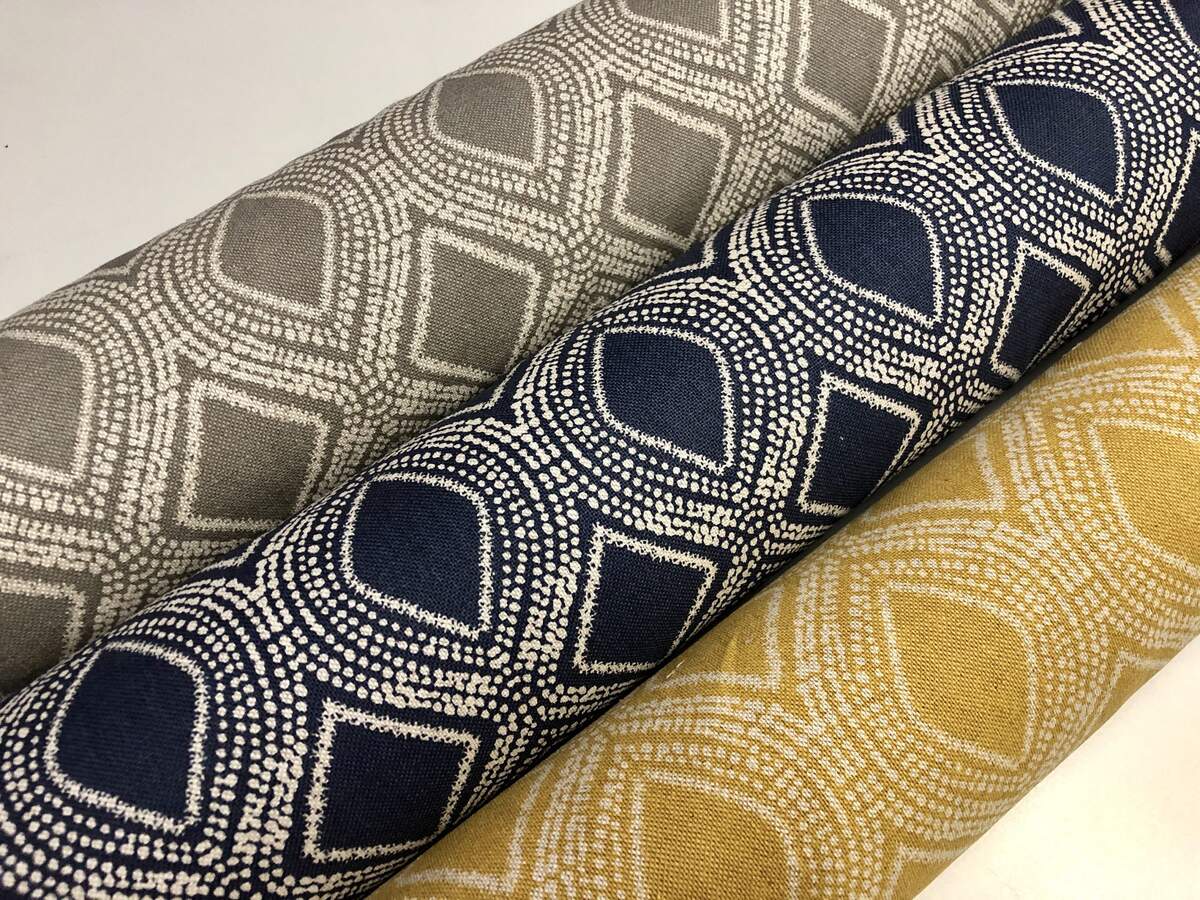
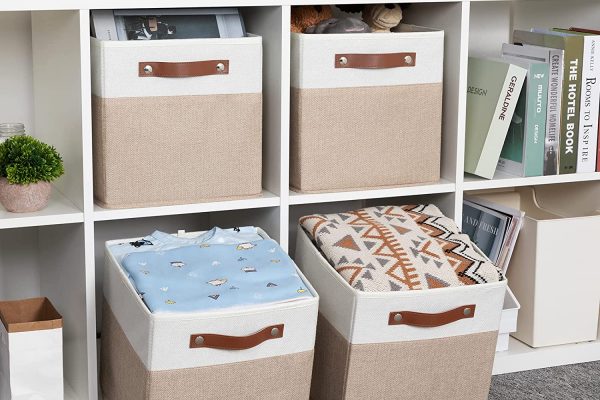
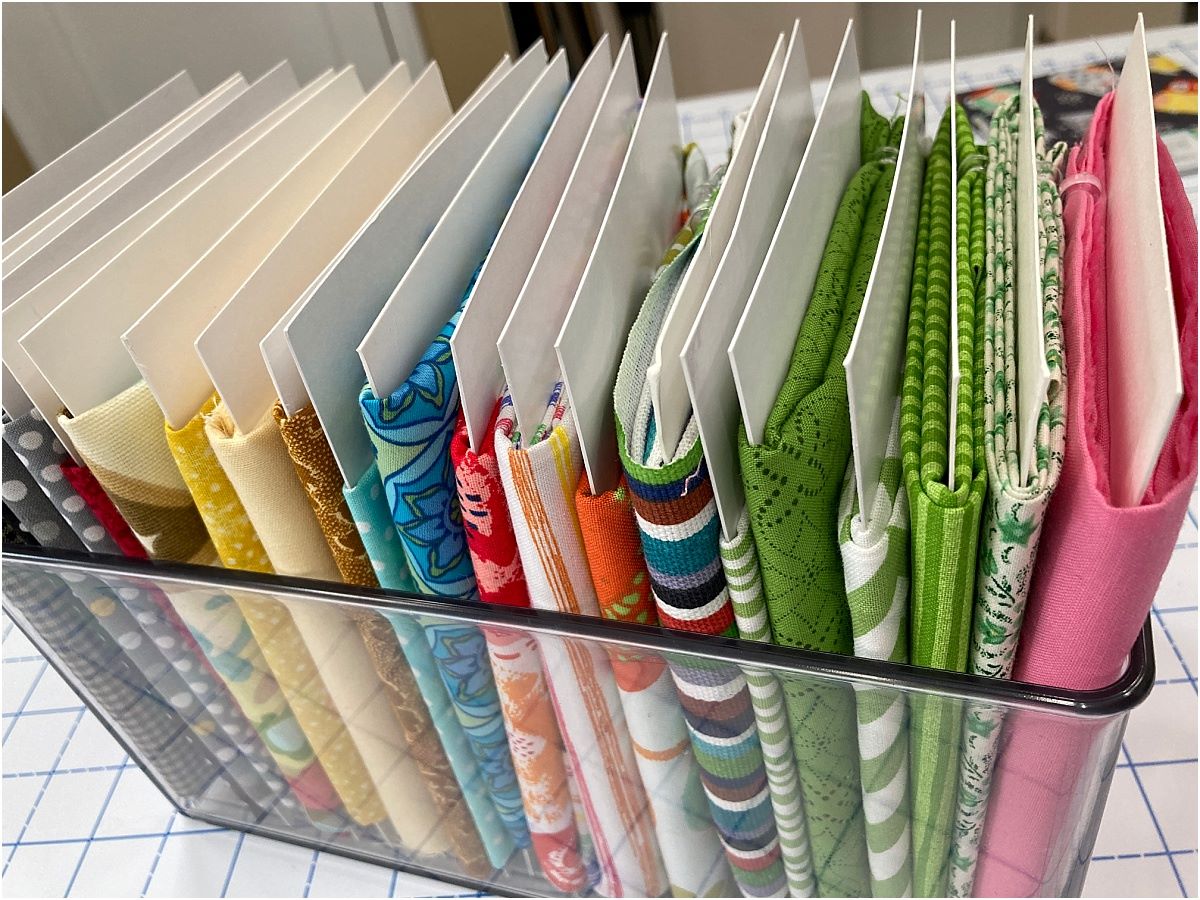

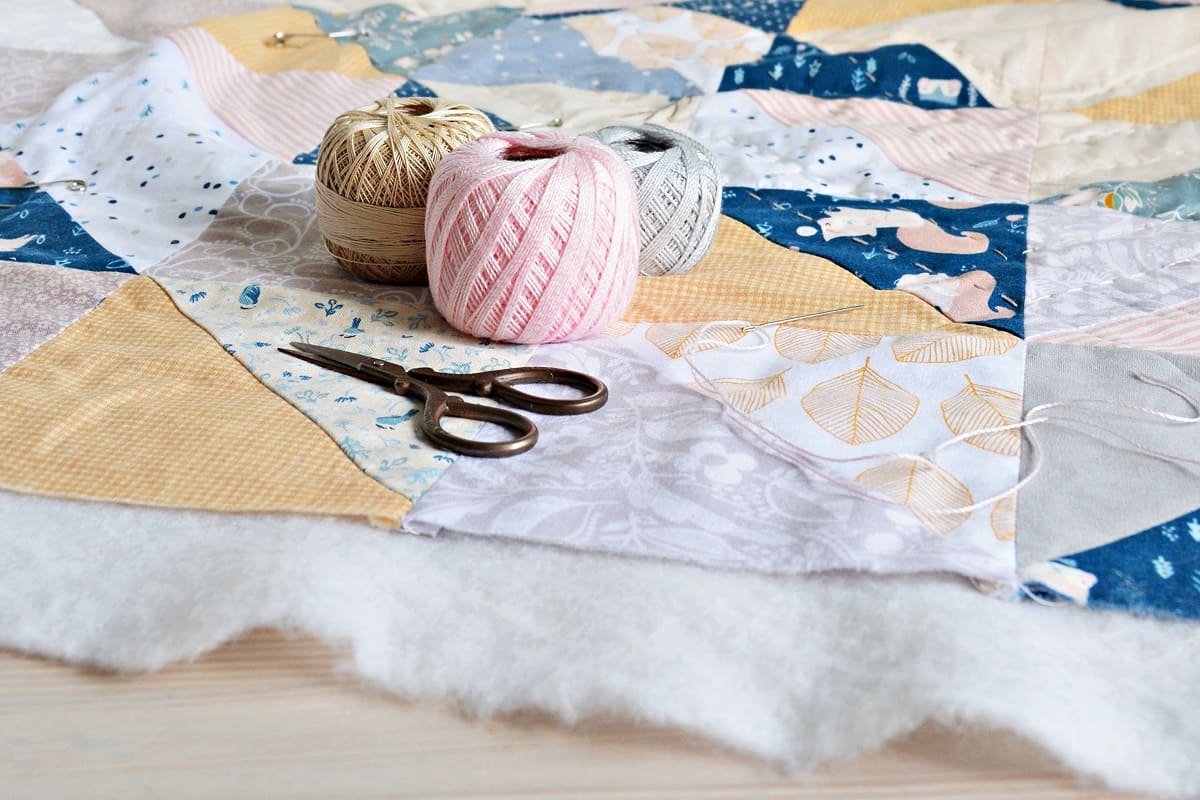

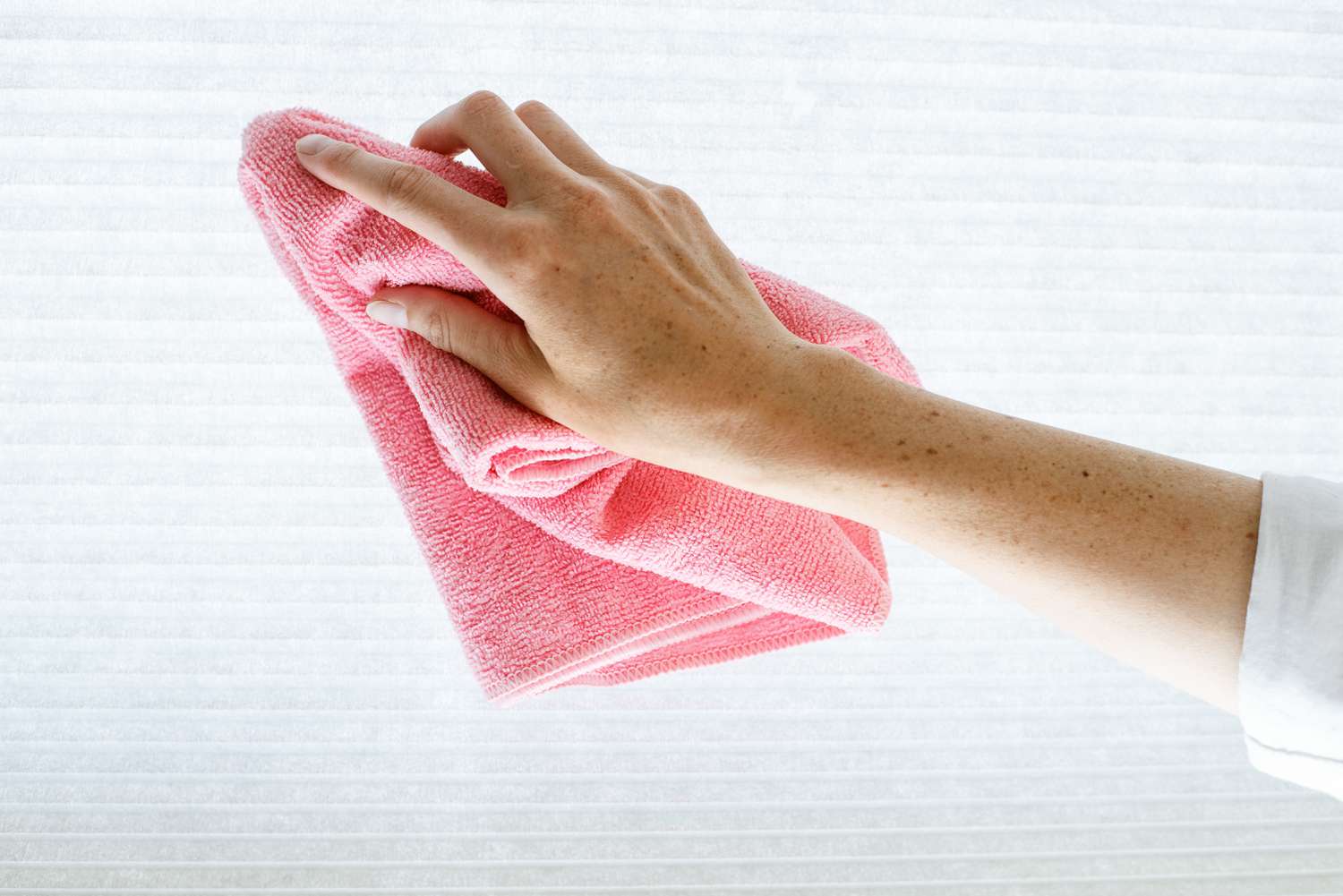
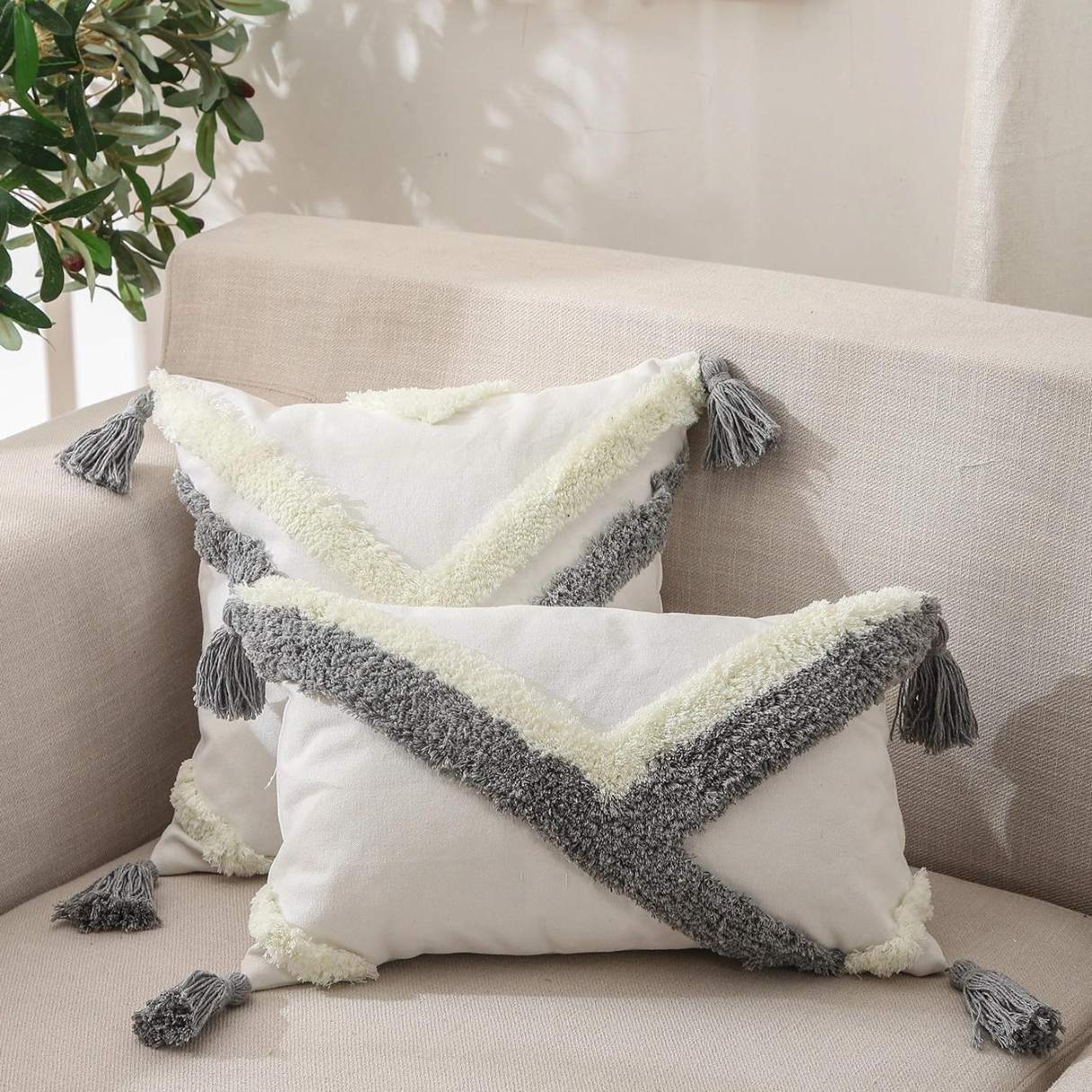
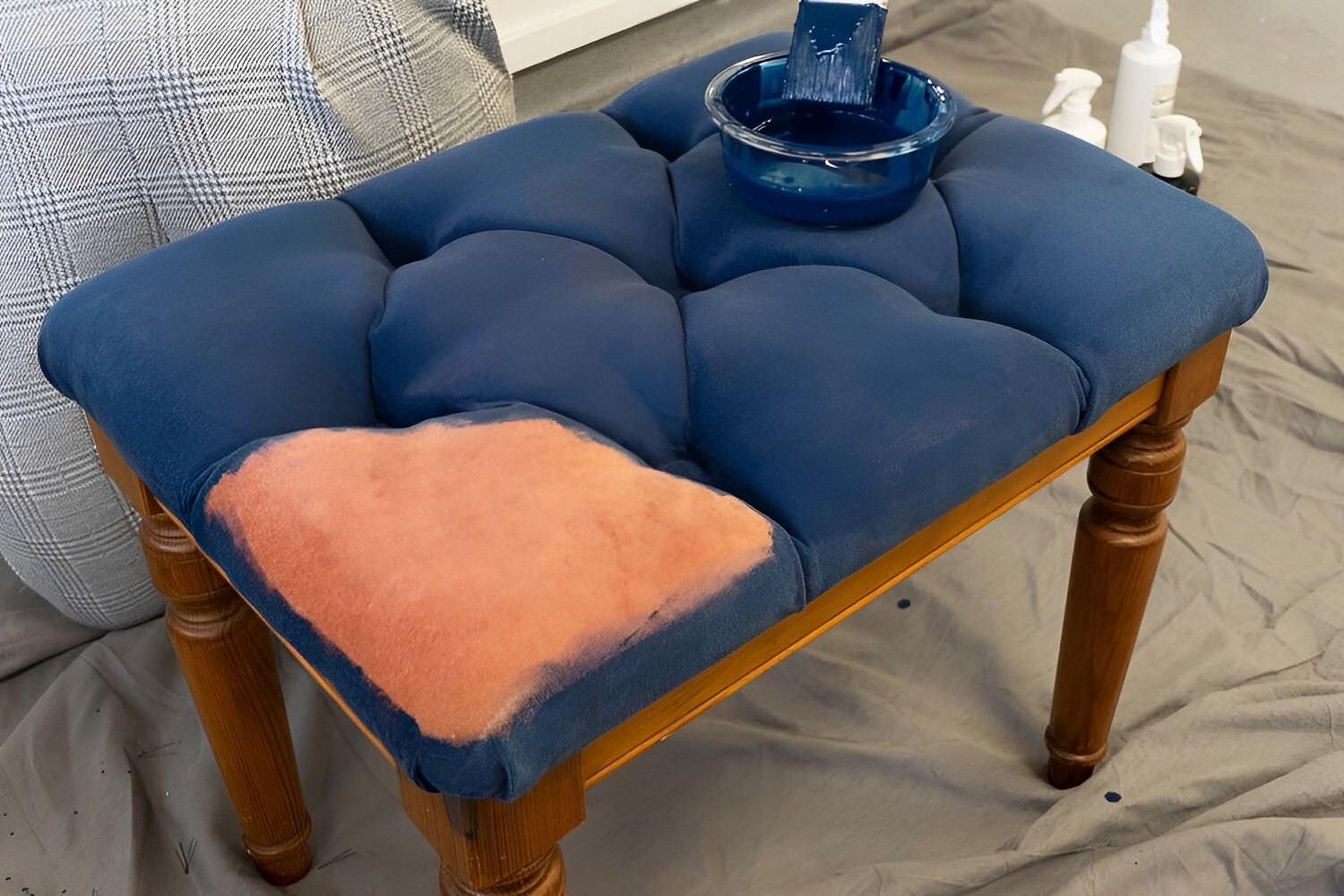

0 thoughts on “How To Organize Fabric At Home”